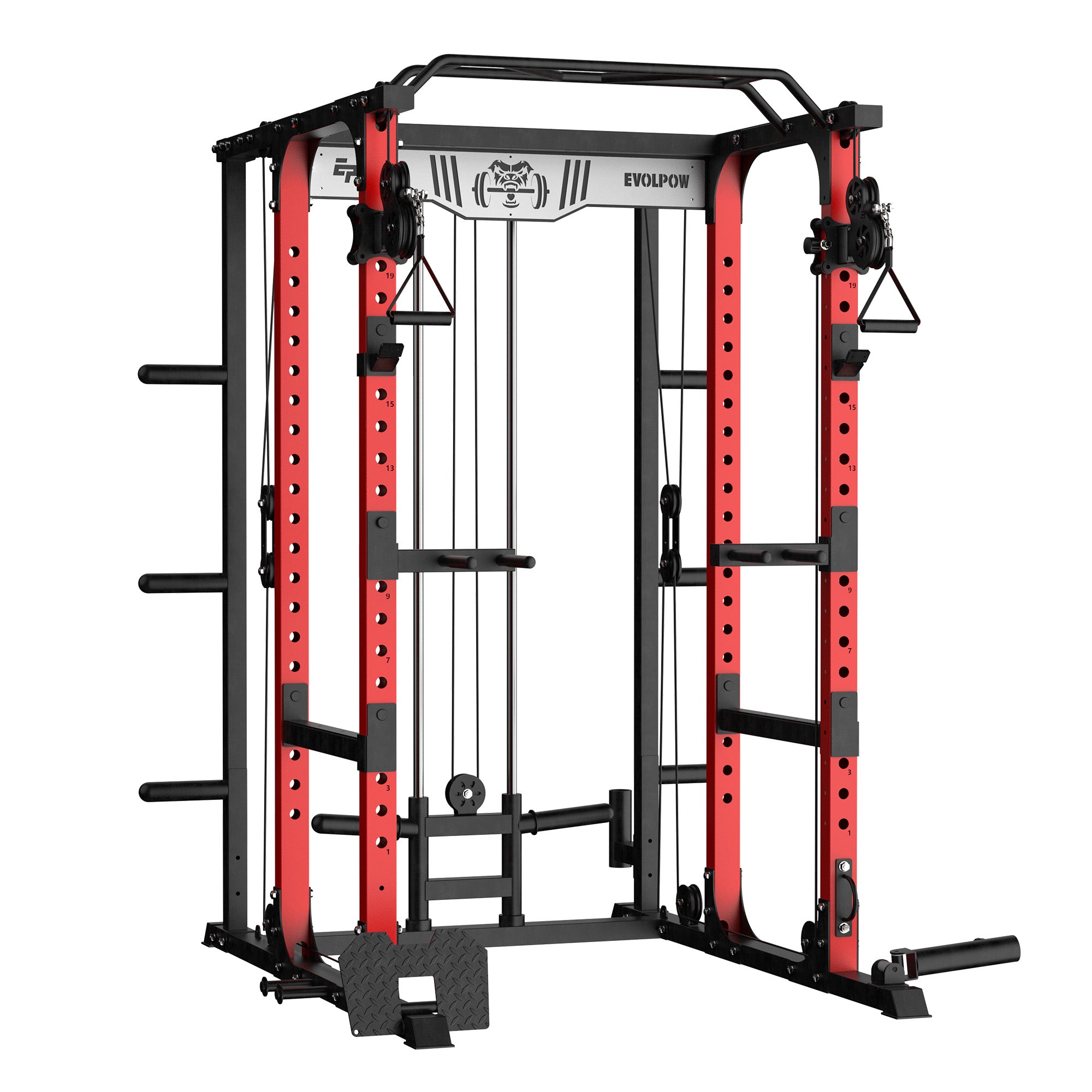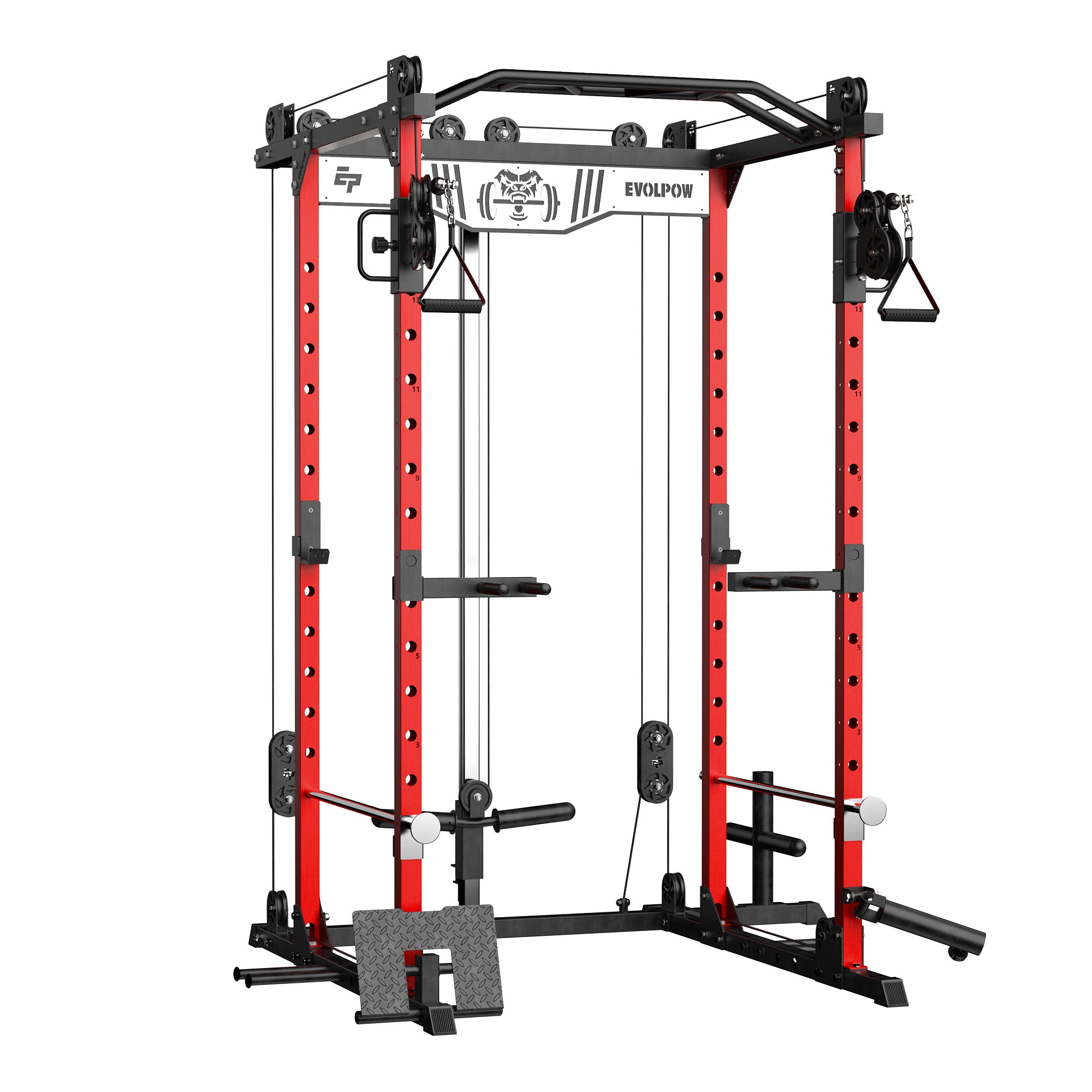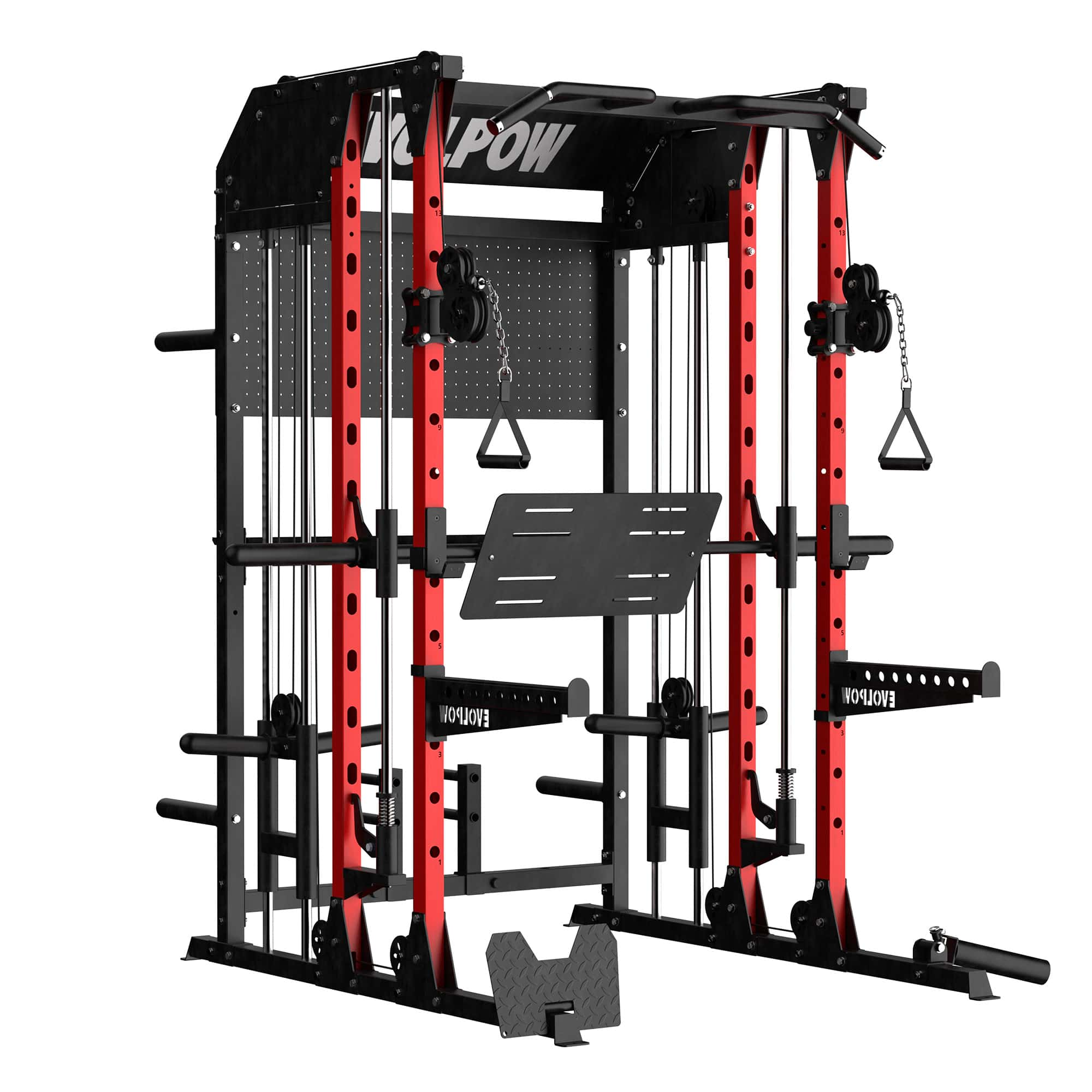Physical activity holds significant importance in the lives of teenagers, whether through sports participation, maintaining health, or building confidence. Strength training serves as a valuable tool in achieving these objectives.
However, many teenagers may find themselves unsure of how to craft an appropriate strength training plan. This article aims to provide guidance on developing an effective strength training plan for teenagers, empowering them to cultivate a healthy, strong body and approach challenges with confidence. By integrating elements such as home gym setup and dietary considerations, teenagers can embark on a comprehensive fitness journey tailored to their needs.
Content
- The importance of strength training for teenagers
- Prepare for a strength training program
- Construction of strength training program
- Training frequency and intensity control
- Training plan adjustment and continuous optimization
- Conclusion
The importance of strength training for teenagers
Promotes growth and development: Proper strength training can stimulate bone growth and help teenagers develop a healthy bone structure. It is recommended to consult with a professional nutritionist to ensure adequate nutrition to support bone growth.
Enhances muscle strength: Strength training increases the number and density of muscle fibers, improving muscle strength and endurance. Common training methods include gradually increasing the load with weight training tools like dumbbells and barbells.
Prevents sports injuries: Good muscle strength improves joint stability and reduces the risk of sports injuries. During training, it is important to pay attention to proper technique, posture, and allow for adequate rest and recovery time.
Improves athletic performance: Increasing muscle strength enhances explosive power and speed, elevating overall athletic performance. This can be achieved through targeted training programs such as power training and flexibility training.

Prepare for a strength training program
Understand personal physical condition: Conduct a comprehensive physical examination, including bone age testing, fitness assessments, body fat analysis, etc., in order to understand personal physical condition and identify potential risk factors. Set clear training goals: Establish specific and measurable training goals, such as muscle gain, fat loss, or improvement in a particular athletic performance. The strength training plan will be adjusted accordingly based on individual goals.
Find suitable training facilities and equipment: Choose safe and comfortable training facilities and ensure the use of appropriate equipment. If training at home, ensure the quality and safety of the equipment. (Make sure to check out our official website for your best home gym product)

Constructing a Strength Training Plan
Warm-up and stretching: Perform a comprehensive warm-up routine, including aerobic exercises and dynamic stretching, to prepare the muscles and joints for the training session. Warm-up time should be around 10-15 minutes and can include activities like brisk walking, running, or skipping. Core strength training: Focus on training the core muscle groups, including abdominals and lower back, to improve overall body stability and balance. Common exercises include sit-ups, planks, and crunches.
Training major muscle groups: Develop a targeted muscle group training plan based on individual needs and goals, including chest, back, hips, and legs. For example, chest muscles can be trained through bench presses and push-ups. Cool-down and relaxation: After the training session, engage in appropriate stretching and relaxation activities to help the muscles recover and reduce muscle soreness. This can include static stretching, relaxed yoga postures, etc.

Training Frequency and Intensity Control
Schedule training sessions properly: Engage in strength training 3-4 times per week with at least one day of rest between sessions to ensure adequate muscle recovery. For example, train on Monday, Wednesday, and Friday, and rest on the weekend. Control training intensity and volume: Gradually increase training intensity and volume based on individual circumstances to avoid overtraining and potential injuries. Adjustments can be made by gradually increasing weight or repetitions.
In the home fitness section, we delve into how to effectively build muscle through bodyweight training, resistance band exercises, and the use of home fitness equipment. Here is a more detailed explanation of each part, along with a specific example of a training plan to help you achieve your fitness goals at home.
Safety Precautions and Considerations
Avoid overtraining: Do not push too hard and gradually increase training intensity and load to avoid excessive training volume. Pay attention to muscle fatigue and listen to the signals from your body, adjusting the training plan accordingly.
Maintain proper nutrition and rest: Ensure sufficient nutrient intake, especially protein and carbohydrates, and prioritize adequate sleep and rest. Additionally, timely hydration is crucial to maintaining body fluid and electrolyte balance.
Regular check-ups and monitoring: Conduct regular fitness tests and physical examinations to monitor progress and make necessary adjustments to the training plan for optimal results. Pay attention to changes in body weight, muscle mass, body fat percentage, etc.

Adjustment and Continuous Optimization of the Training Plan
Regularly evaluate training effectiveness: Periodically assess training progress based on the set goals and adjust the training plan accordingly. Training intensity, methods, or the inclusion/exclusion of specific exercises can be modified based on individual circumstances.
Continual learning and improvement: Stay updated with new knowledge, continuously improve training methods and techniques, and enhance training effectiveness. This can be achieved through reading professional books, consulting with expert coaches, etc.
Here is the simple teenage strength training plan.
Monday: Full-Body Strength Training
- Squats: 3 sets × 12 reps
- Bent-Over Dumbbell Rows: 3 sets × 12 reps
- Bench Press: 3 sets × 12 reps
- Sit-Ups: 3 sets × 15 reps

Wednesday: Upper Body Strength Training
- Dumbbell Shoulder Press: 3 sets × 12 reps
- Dumbbell Curls: 3 sets × 12 reps
- Pull-Ups (Assisted): 3 sets × 8 reps
- Lying Alternating Barbell Curls: 3 sets × 12 reps

Friday: Lower Body Strength Training
- Deadlifts: 3 sets × 12 reps
- Leg Press: 3 sets × 12 reps
- Dumbbell Reverse Leg Curls: 3 sets × 12 reps
- Single-Leg Glute Bridges: 3 sets × 15 reps

Notes:
- Warm up with 5-10 minutes of cardio and dynamic stretching before each workout.
- Rest 1-2 minutes between sets to allow muscles to recover adequately.
- Cool down with 5-10 minutes of static stretching post-workout to facilitate muscle relaxation and recovery.
- Maintain proper form and technique, and adjust weights and repetitions based on individual comfort.
This simple teenage strength training plan targets major muscle groups in the body and aims to improve strength and muscle endurance. It is important to train in moderation and under professional guidance to ensure safety and effectiveness.
Conclusion
Strength training for teenagers is an ongoing process, and only with consistent adherence to a scientifically designed training plan, along with a balanced diet and proper rest, can optimally training results be achieved. It is hoped that this article can assist teenagers in better planning and implementing strength training programs, leading to improved physical health and enhanced athletic performance.
Q&A
Q: At what age should strength training for teenagers start?
A: Strength training for teenagers is generally recommended to start around the onset of puberty, which is around 12 years old. Before engaging in strength training, a comprehensive physical assessment, including bone age testing and fitness evaluation, is advised to ensure that an individual's physical development is suitable for strength training.
Q: How to determine the physical condition and appropriate training intensity of adolescents?
A: Determining teenagers' physical condition and appropriate training intensity requires assessment by professional institutions or trainers. This may include physical fitness tests, strength assessments, flexibility evaluations, etc., to establish the starting point for individuals and develop a suitable training plan. In teenage strength training, it is important to gradually increase training intensity and load to avoid overtraining and injuries.
Q: Does adolescent strength training have a negative effect on growth and development?
A: Proper strength training for teenagers typically does not have negative effects on growth and development; instead, it can promote bone growth and development. The key is to choose appropriate training methods and loads, avoiding overtraining and excessive loads to ensure that the body can adapt and benefit from strength training. It is advisable to consult with a professional trainer or medical personnel to ensure the safety and suitability of the training plan.
Reference
https://www.livestrong.com/article/232730-fitness-plan-for-teenagers/
https://www.muscleandstrength.com/expert-guides/teenage-bodybuildinghttps://www.stack.com/a/pre-teen-strength-training-program/Strength Training for Teens: What to Know | HSS
https://www.verywellfit.com/weight-loss-for-teens-1231578






